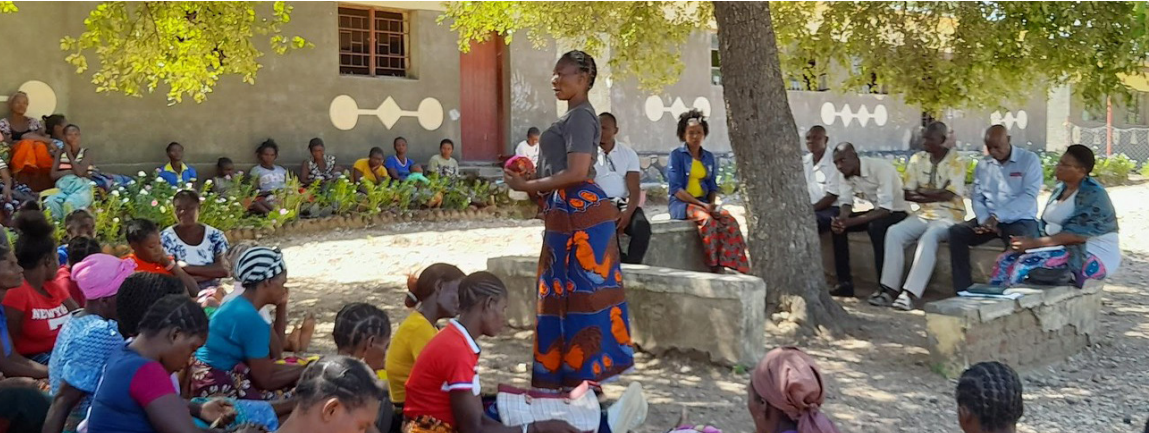Gender equity and equality are imperative to strengthening communities, economies, the environment, and countries; yet, women are routinely overlooked and undervalued economically despite the wealth of benefits that are derived from their formal and informal contributions. The COVID-19 pandemic has further resulted in greater economic insecurity for women globally (USAID, 2021c). Women are more likely to experience poverty, hunger, and housing instability. In addition, economic insecurity often increases women’s vulnerability to abuse, compromising their safety (White House, 2021).
In 2021, the Biden Administration released the first-ever U.S. Government National Strategy on Gender Equity and Equality, which highlights improving women’s economic security and accelerating women’s economic growth worldwide as a strategic priority. As Sima Bahous, Executive Director of UN Women, stated in a speech at the Global Land Forum in 2022, “Women’s land rights are intrinsically and vitally linked to gender equality” (Bahous, 2022). Strengthening these rights can have a striking and positive impact on women’s economic security, job creation, and entrepreneurship. To this end, the USAID Land and Resource Governance (LRG) Division’s programs have a significant focus on improving women’s land rights and equitable access to land and property globally.
This short brief provides a high-level overview of the links between women’s land and resource rights and economic security, job creation, and entrepreneurship, as well as examples of past and current USAID projects that work towards these development goals.


